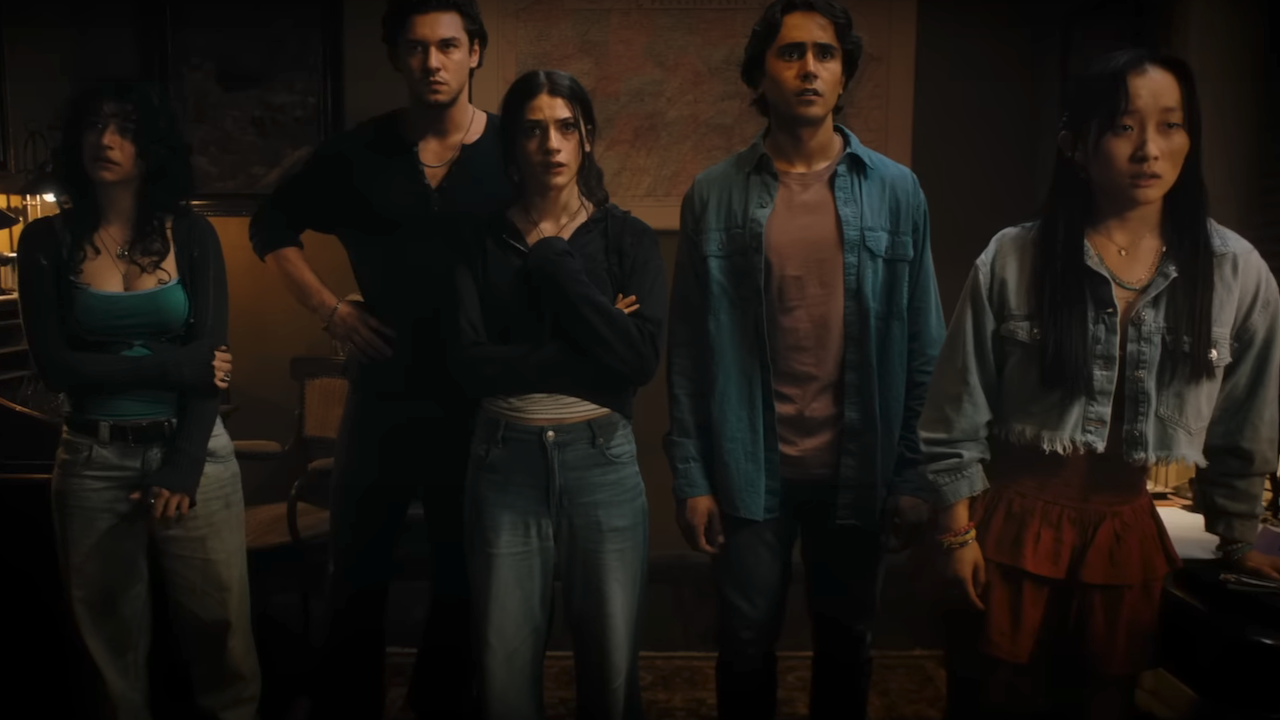Science Proves Watching 3D Movies Can Actually Improve Your Brain

Regardless of where you stand on the Hollywood’s 3D trend, the option has added an artistic expansion to big budget films, as well as a welcome box office boost. The results of the 3D process vary, and there is still a moviegoing faction that just isn’t buying what studios are selling. However, one British study could give the industry a new narrative advocating for watching films in 3D: increased brain power.
According to a report in The Guardian, Neuroscientists Patrick Fagan of Goldsmith University and Professor Brendan Walker of Thrill Laboratory were curious about the qualified experience of watching films in 3D as opposed to traditional 2D. Collecting information from cognition tests and brain-reading real-time data from sample groups watching films projected in each format, their findings seem to suggest that watching 3D movies does provide a boost to the brain’s cognitive functions. In fact, in some cases, they nearly double the levels. Temporarily anyway.
It seems that the brain boost is more akin to a neurological energy drink. The ephemeral arousal created by the 3D experience is rather obvious. However, according to Fagan and Walker’s research, the process allows the brain to collect extra information due to the more visceral, immediate nature of 3D viewing that heightens the audience's mental engagement in areas of the brain related to cognition. The 3D audience saw a brief 23% increase in processing abilities lasting until about 20 minutes after having watched the film, as opposed to 11% increase for the 2D audience.
While results vary, due to the different ways that individuals process information, Fagan and Walker do seem to think their findings may have tapped into a way to preserve the cognitive strength of people as they get older. In essence, they hypothesize that watching films in 3D could be used as "brain training games." The crux of this argument implies that the additional stimuli of the 3D experience creates a greater level of excitement, which in turn creates an immersive state of enthrallment that stimulates happiness and higher processing power. This provides a safe source of this sort of stimuli to aging brains could prove efficacious in slowing mental decline.
Yet, for all that was achieved for the medium with James Cameron's Avatar priming the 3D pump in 2009 for a plethora of Hollywood blockbusters that followed, there are also more than enough arguments against its benefits. The 3D experience is still connected to longtime claims of causing headaches and dizziness, not to mention the reputational hits that the medium has taken in the aftermath of an array of bad 3D conversions. (Clash of the Titans, The Last Airbender, etc.) However, as the Avatar sequels slowly make their way through production, this study does present an intriguing way to frame the benefits of taking the more expensive 3D option the next time you head to a big-budget blockbuster.
Certainly, the film industry as a whole would love to be able to argue that the simple act of putting on some tacky plastic glasses at a theater to watch blue people fight futuristic paramilitary corporations on a distant planet could be considered a health measure. Seeing as the quality of 3D film experiences is still startlingly inconsistent, I suppose this is one possible health kick for which people will need a lot patience.
CINEMABLEND NEWSLETTER
Your Daily Blend of Entertainment News









